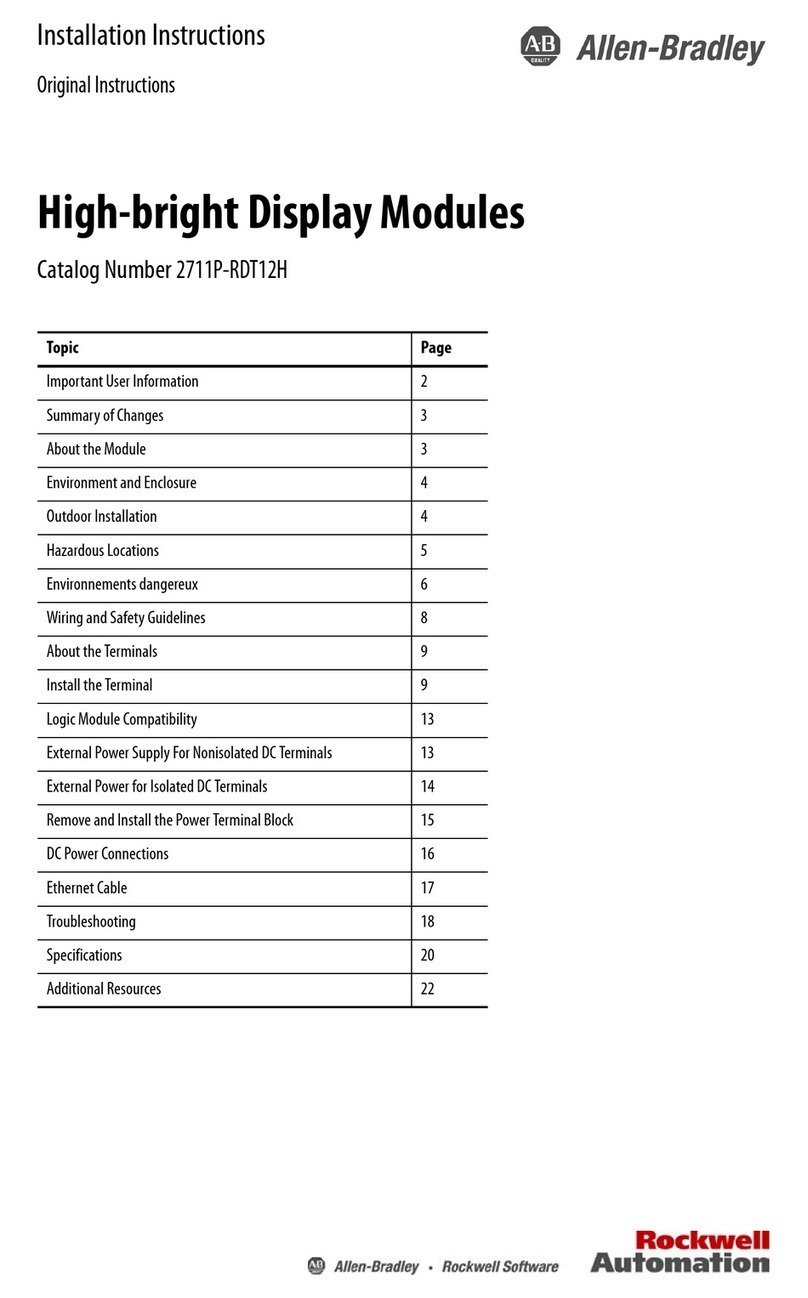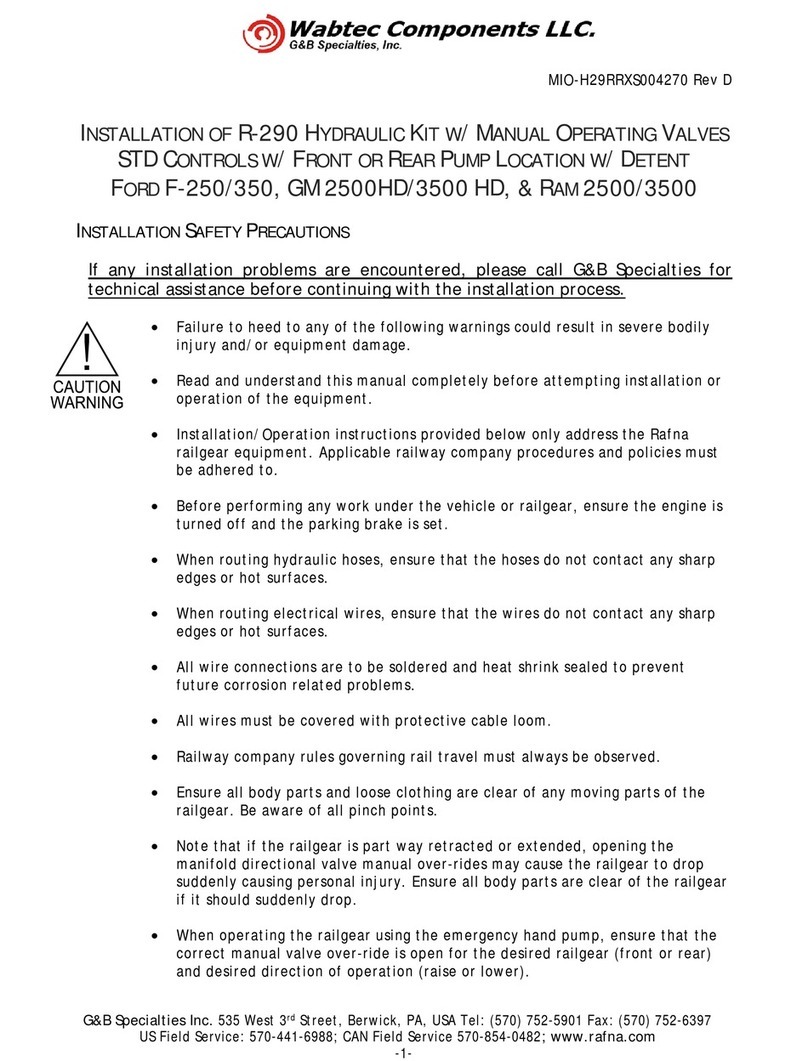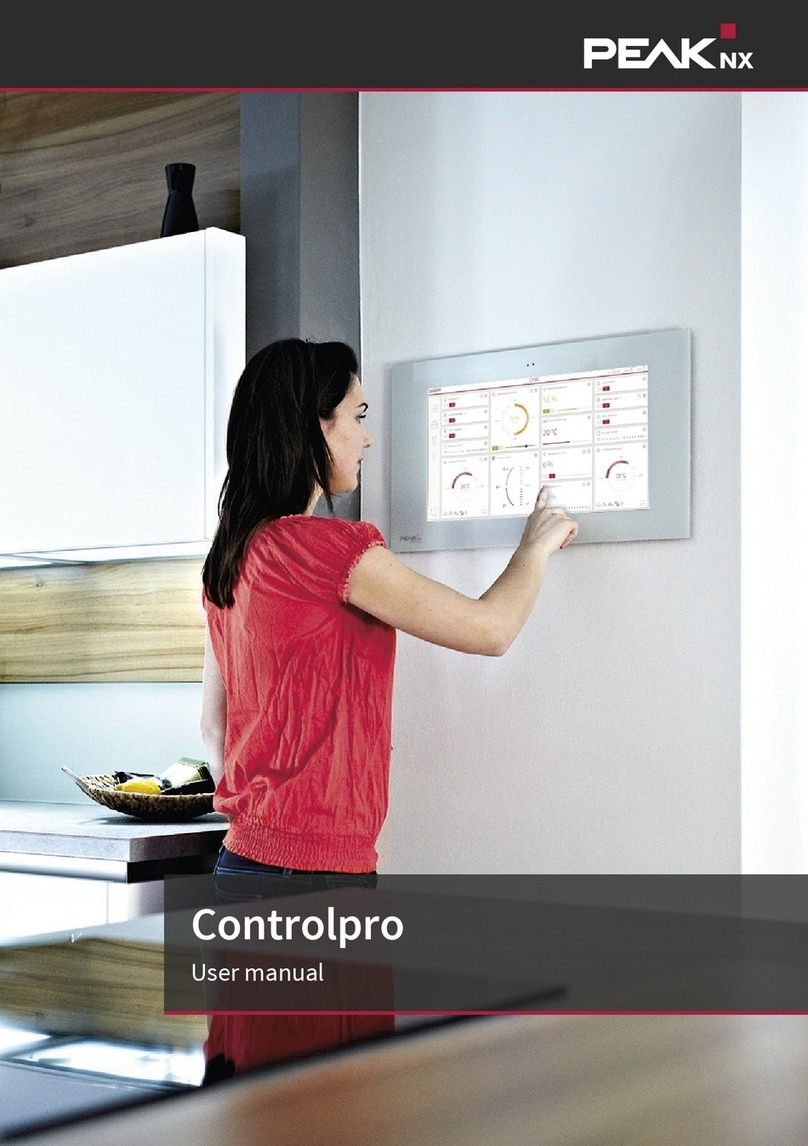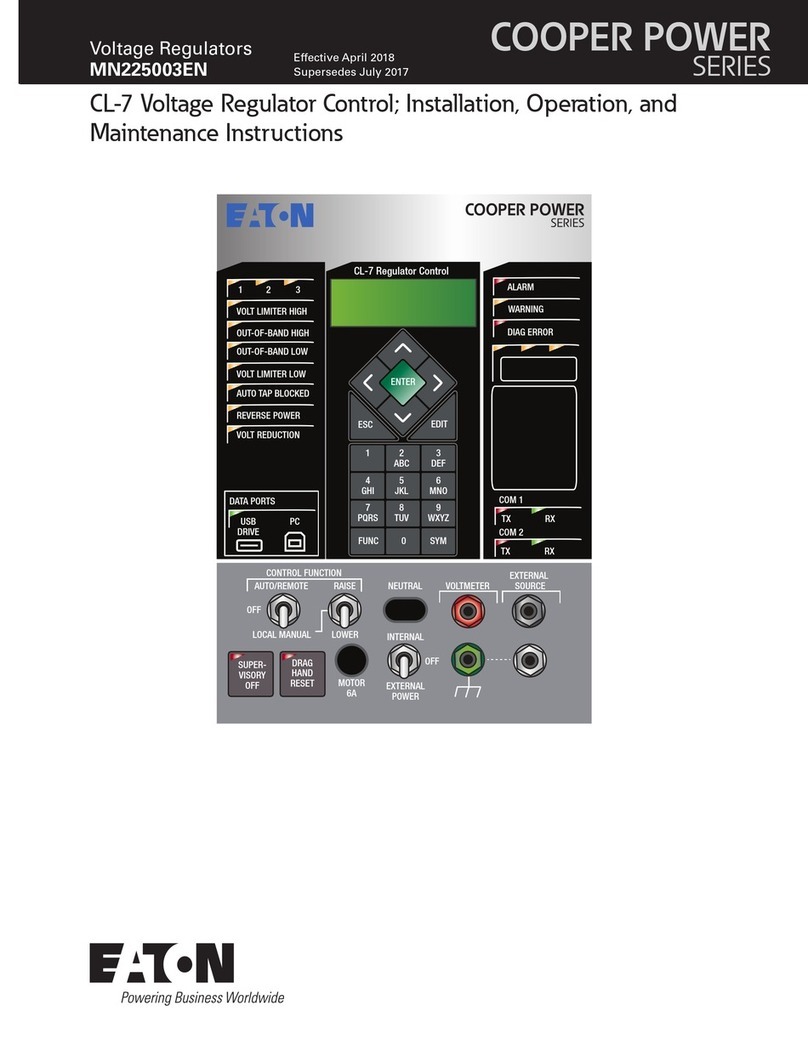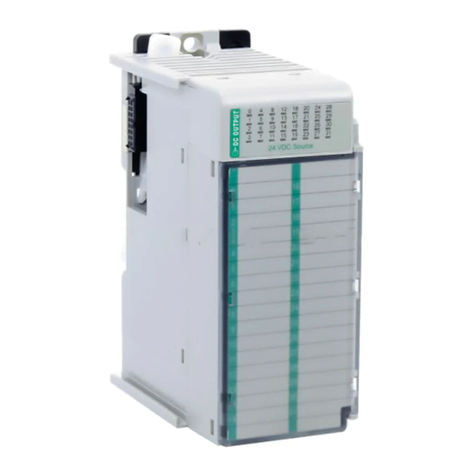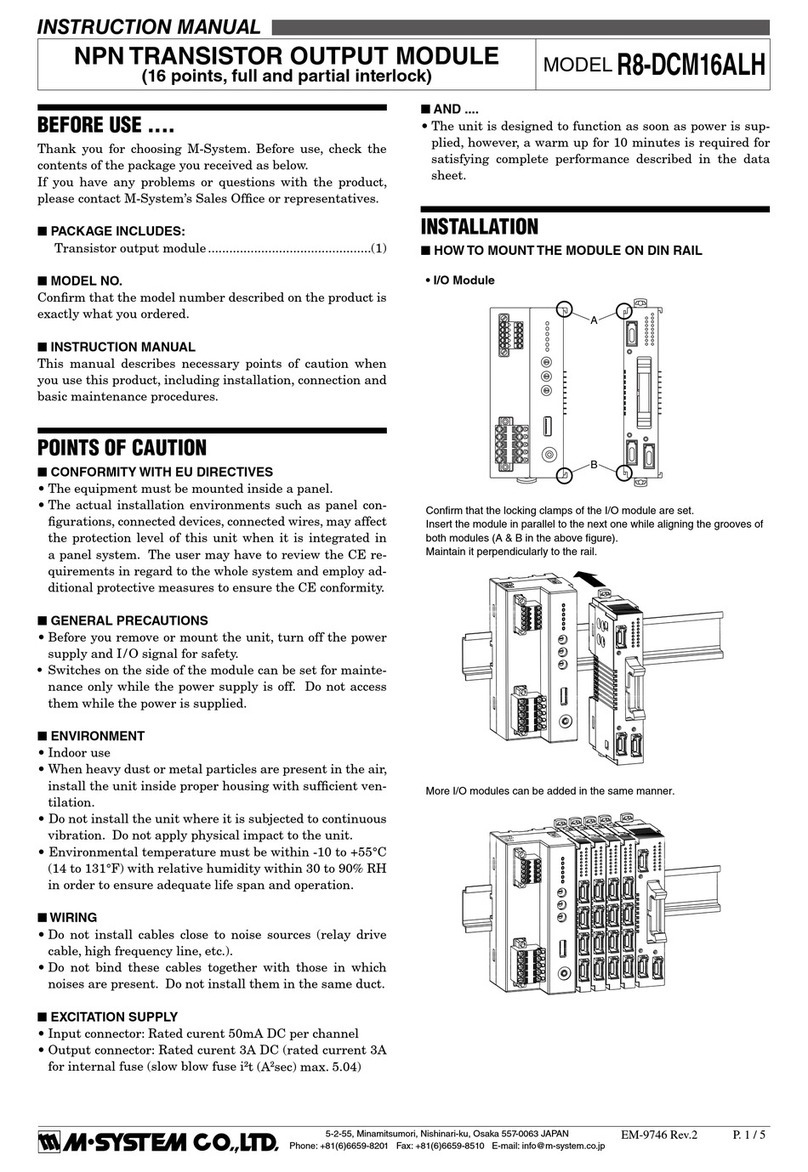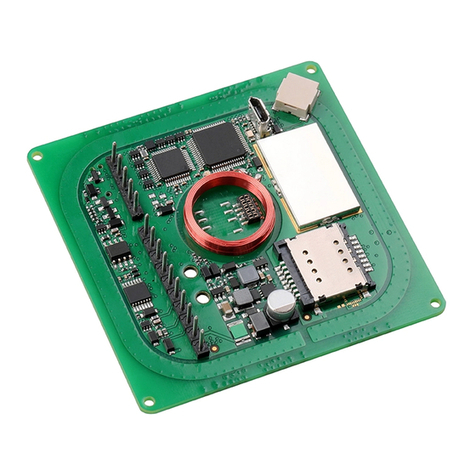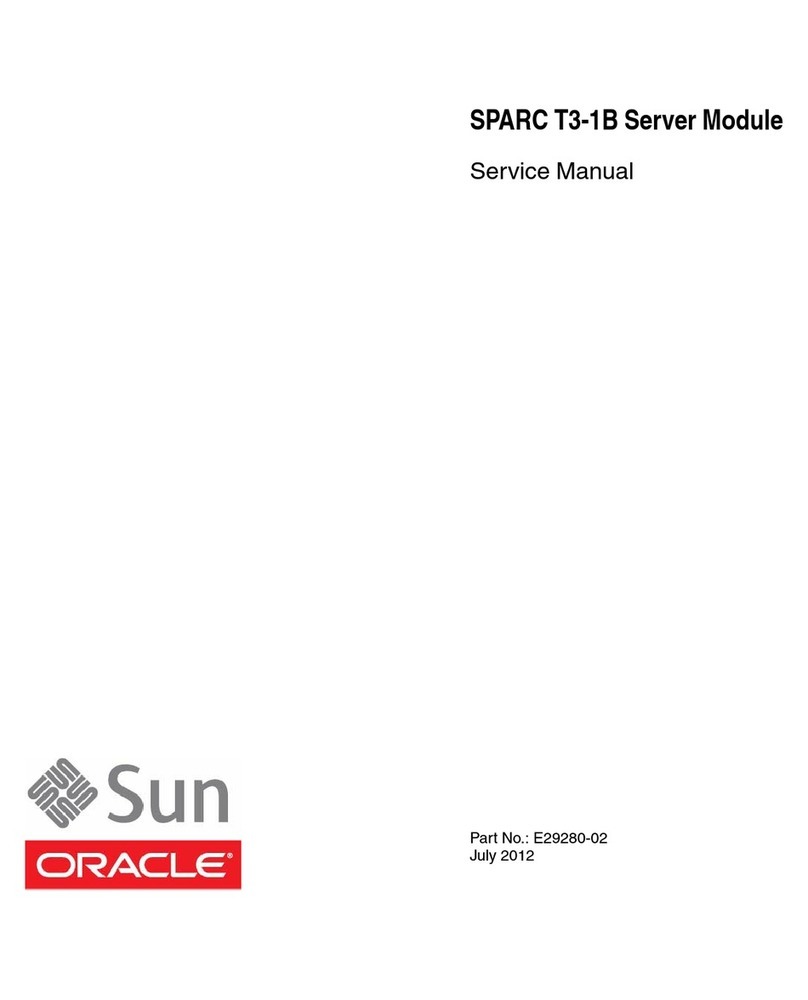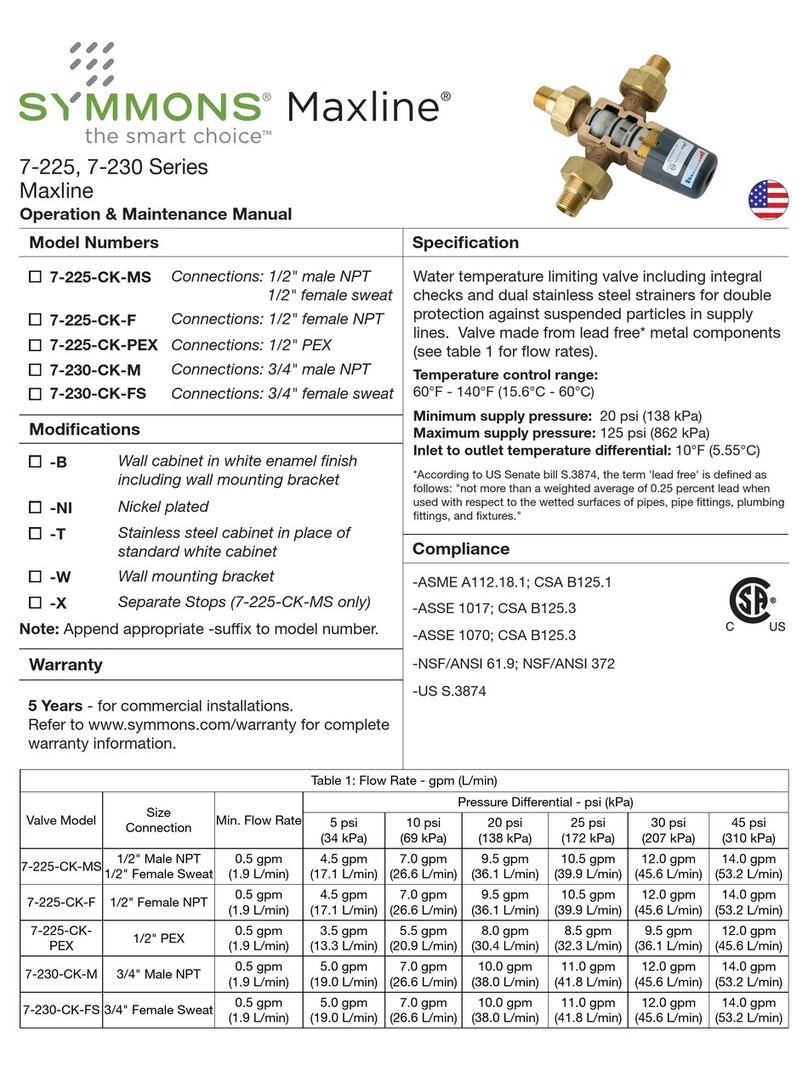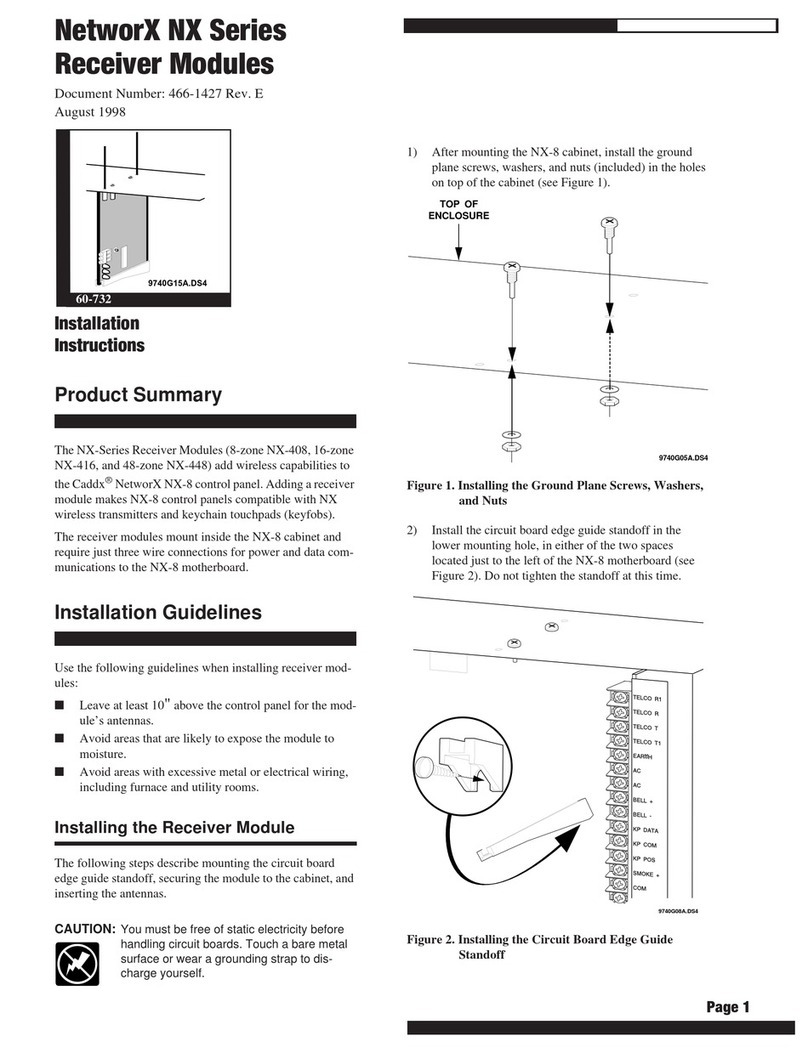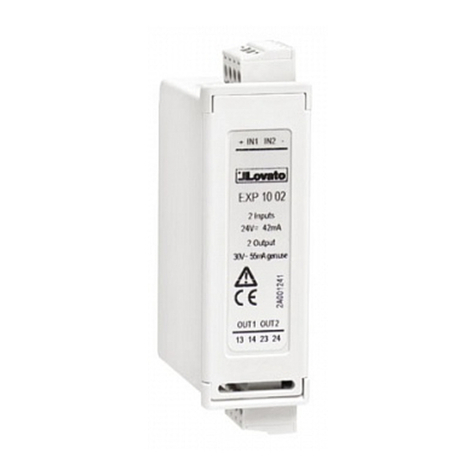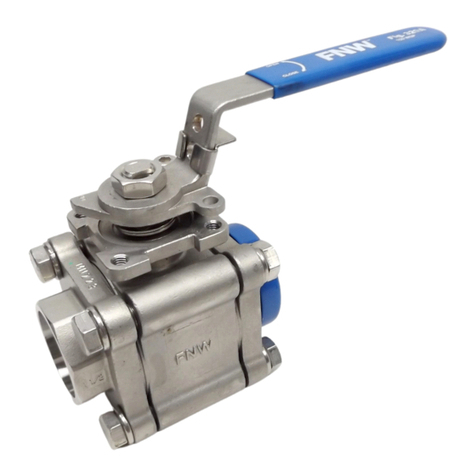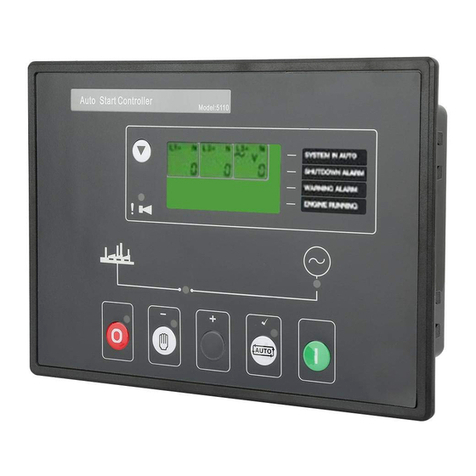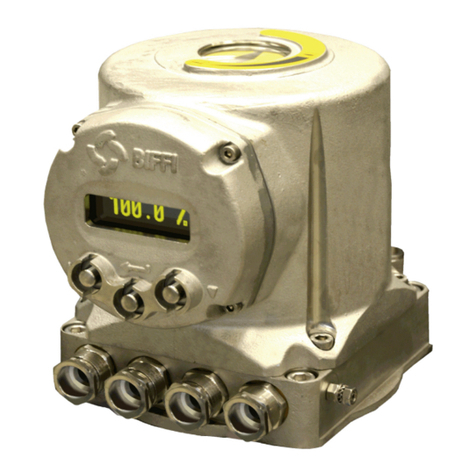
ii
Table of Contents
April 2021
Installation, Operation and Maintenance Manual
MDE 256 Rev. 1
Table of Contents
Section 10: Data Exchange Mode (Cyclic Communication)
10.1 Cyclic Communication DPV0....................................................................... 28
10.1.1 Output Data (PLC to Device)........................................................... 28
10.1.2 Input Data (Device to PLC).............................................................. 29
10.2 Acyclic Communication DPV1 (MS2)........................................................... 30
10.2.1 Nameplate ..................................................................................... 30
10.2.2 General Data and Command .......................................................... 31
10.2.3 Maintenance Information for PROFIBUS
Guideline Compliance (Only Read) ................................................. 33
10.2.4 Alarm and Warning Log for PROFIBUS
Guideline Compliance (Only Read) ................................................. 35
10.2.5 Maintenance Commands for PROFIBUS Guideline Compliance ....... 37
10.2.6 Maintenance Information ............................................................... 38
10.2.7 Alarm and Warning Log .................................................................. 39
10.2.8 Maintenance Commands............................................................... 41
Section 11: Diagnosis - Alarms
11.1 Diagnosis Data Blocks ................................................................................. 43
11.1.1 Standard Diagnosis Block ............................................................... 43
11.1.2 Identify Related Block..................................................................... 45
11.1.3 Actuator Specific Diagnostic Alarm................................................. 46
11.1.4 Extended Diagnosis: RedCom Status Message ................................ 48
11.2 Acyclic Communication DPV1..................................................................... 50
11.2.1 Nameplate ..................................................................................... 50
11.2.2 General Data .................................................................................. 51
11.2.3 Maintenance Information ............................................................... 51
11.2.4 Alarm and Warning Log .................................................................. 53
11.2.5 Maintenance Commands................................................................ 54
Appendix A: GSD file
GSD file..................................................................................................................55
Appendix B: Diagnosis: Card information from PLC
Diagnosis: Card information from PLC....................................................................61
Appendix C: Note for Base Card FW 7.00
Note for Base Card FW 7.00...................................................................................63
Appendix D: References
References.............................................................................................................64
Appendix E: PNO Certificate
PNO Certificate......................................................................................................65




















